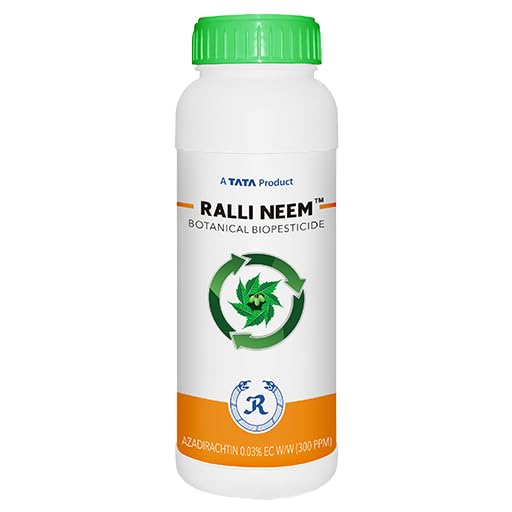
Cultivating Carbon: Sustainable Practices for Boosting Soil Organic Carbon
Share
Increasing soil organic carbon (SOC) is a crucial step towards sustainable agriculture and combating climate change. SOC plays a vital role in maintaining soil health and fertility, enhancing water retention capacity, and reducing soil erosion. While increasing SOC is a long-term process, several effective methods can be implemented to achieve this goal.
-
Reduce Tillage: Tillage, the mechanical disturbance of soil, accelerates the decomposition of organic matter, leading to SOC loss. Minimizing tillage practices, such as no-till or reduced tillage, helps preserve existing SOC and promotes its accumulation over time.
-
Incorporate Organic Matter: Regular addition of organic matter, such as compost, manure, and crop residues, provides a rich source of carbon for soil microorganisms, enhancing SOC levels. Compost, in particular, is a valuable source of stable organic matter that decomposes slowly, contributing to long-term SOC storage.
-
Grow Cover Crops: Cover crops, such as legumes and grasses, are planted between cash crops to protect the soil from erosion and add organic matter. Cover crops scavenge excess nutrients, suppress weeds, and increase soil biodiversity, all of which contribute to SOC enhancement.
-
Implement Diverse Crop Rotations: Diverse crop rotations, incorporating a variety of plant species with different root structures and nutrient requirements, help maintain soil health and promote SOC accumulation. Different crops contribute unique organic matter compositions to the soil, enriching its nutrient content and enhancing its carbon storage capacity.
-
Adopt Sustainable Grazing Practices: Overgrazing can lead to soil compaction and reduced organic matter inputs. Sustainable grazing practices, such as rotational grazing, allow adequate time for pasture recovery and promote root growth, contributing to SOC accumulation.
-
Utilize Biochar: Biochar, a charcoal-like material produced from organic matter pyrolysis, can effectively increase SOC levels. Biochar enhances soil structure, water retention capacity, and nutrient availability, creating a favorable environment for SOC storage.
-
Promote Agroforestry: Agroforestry, the integration of trees and shrubs into agricultural systems, provides multiple benefits for SOC enhancement. Trees contribute organic matter through leaf litter and root exudates, and their deep root systems help sequester carbon deep in the soil profile.
-
Reduce Soil Erosion: Soil erosion physically removes SOC from the soil, hindering its accumulation. Implementing erosion control measures, such as establishing vegetative cover and constructing terraces, helps retain SOC and prevent its loss.
-
Maintain Soil pH: Soil pH plays a crucial role in microbial activity and organic matter decomposition. Maintaining a slightly acidic to neutral soil pH (between 6.0 and 7.5) promotes microbial activity and enhances SOC stabilization.
-
Educate and Empower Farmers: Increasing SOC requires a collective effort from farmers, policymakers, and extension services. Education and outreach programs can empower farmers to adopt sustainable soil management practices that promote SOC accumulation.
In conclusion, elevating soil organic carbon (SOC) is imperative for sustainable agriculture and mitigating climate change. Employing strategies like reducing tillage, incorporating organic matter, utilizing cover crops, implementing diverse crop rotations, adopting sustainable grazing, using biochar, promoting agroforestry, reducing soil erosion, maintaining soil pH, and fostering education can collectively lead to increased SOC levels. This comprehensive approach enhances soil health, fertility, and resilience, laying the foundation for a sustainable agricultural future.










